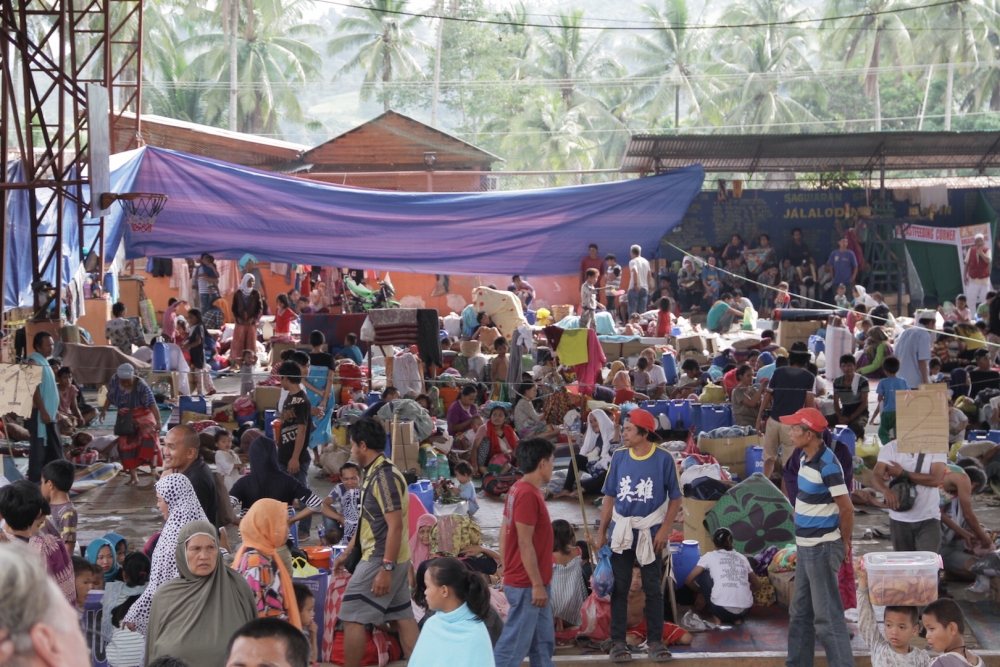
Hundreds of people trapped in the southern Philippines city of Marawi are on the verge of starvation after four weeks of fighting between the army and Islamist militants.
“They have been saying that they are already starting to eat cardboard boxes just to stop hunger,” said Maurico Civiles of the National Disaster Risk Reduction and Management Council. “They may die of starvation and lack of drinkable water.”
Cresanto Tagab told IRIN by phone that he and four colleagues are hiding in a rice mill where they work. He said they have food supplies and are charging their phones using a generator, which they turn on only for short periods in order avoid detection by militants who they’ve seen passing by on the street outside.
“We cannot get out of the compound, because the fighting is very near to us,” he said. “We cannot venture out on the street, but we can smell the overpowering stench of dead bodies.”
Civiles told IRIN that people trapped in the centre of the city, which is still held by militants, have been calling a government hotline to plead for rescue.
“There are scores of decomposing bodies littered everywhere,” he said. “Survivors who managed to escape reported seeing more than 200 dead bodies.”
If confirmed, that would increase the official civilian death toll to more than 226 since fighting began after a failed attempt by security forces to capture Isnilon Hapilon, a member of the militant group Abu Sayyaf who the government says is affiliated with the so-called Islamic State. The operation was foiled when security forces were confronted by militants, mainly members of the Maute group, another Islamist faction that has pledged allegiance to IS.
The International Committee of the Red Cross said between 300 and 500 civilians remain trapped inside Marawi.
Displacement, death and disease
More than 320,000 people have fled the ruined city – 21,800 of whom are in evacuation centres, while the rest are with host families, according to a 17 June “flash report” from the European Commission’s humanitarian arm, ECHO.
At least 59 people have died at evacuation centres, most of them from dehydration, said the report, citing Department of Health figures.
Emmalyn Macababayao told IRIN that her one-year-old son died from dehydration three days after her family managed to reach a relative’s home.
“The doctors explained that his organs collapsed from the six days we went hungry while being unable to flee the city,” she said.
Tomoko Matsuzawa, of the ICRC, said the aid group is appealing to both the Armed Forces of the Philippines and the militants to allow civilians to leave the conflict zone.
“We are continuously emphasising the need to respect international humanitarian law,” she said. “Even if they are fighting, they cannot harm the civilians. They have to spare them.”
Mass destruction
Military officials say they have regained control over 90 percent of Marawi, but soldiers have thus far been unable to dislodge militants from the remaining 10 percent.
Soldiers attempting to flush out militants have been targeted by sniper fire from buildings including mosques. Drone footage collected by local media shows parts of the city decimated by airstrikes.
The military said in a 16 June statement statement that it “will not bomb mosques” that militants “have converted into machine gun and snipers' nests, defensive positions, and arsenals of their war wherewithals."
In the same statement, the military promised to “retake the remaining portion of Marawi” and then “begin the reconstruction and rehabilitation of the city”.









